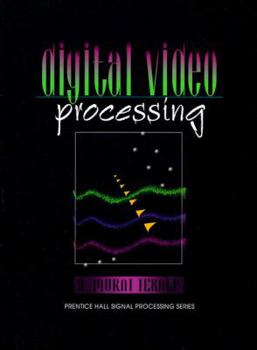Digital Video Processing
Select Format
Select Condition 
Book Overview
Over the years, thousands of engineering students and professionals relied on Digital Video Processing as the definitive, in-depth guide to digital image and video processing technology. Now, Dr. A.... This description may be from another edition of this product.
Format:Paperback
Language:English
ISBN:0131900757
ISBN13:9780131900752
Release Date:January 1995
Publisher:Prentice Hall
Length:560 Pages
Weight:2.20 lbs.
Dimensions:1.4" x 6.2" x 9.1"












